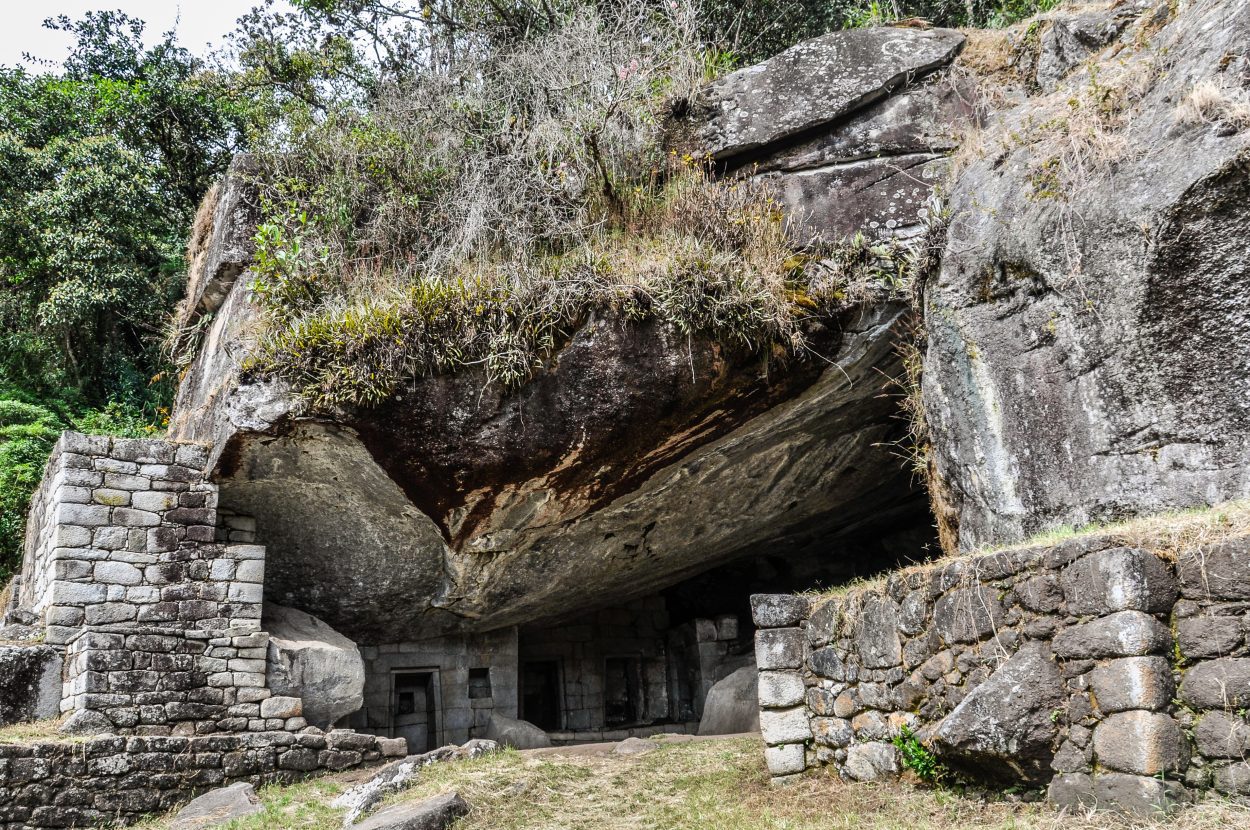Underwater archaeologists discover ancient shipwrecks in the sunken city
An ancient vessel has been found in the sunken city of Heraklion in Abi Qir Bay, Egypt, by a team of underwater archaeologists from the European Institute of Sunken Archaeology (IEASM)
This Egyptian city is located near the mouth of the Nile near the Canopic Mouth. It was also known as Thonis. A combination of earthquakes, tsunamis, rising sea levels, and soil liquefaction led to Heraklion and the nearby population centres of Canopus and Menouthis being drowned around the end of the 2nd century BC.
Read also: Archaeologists find new urban precinct in the Egyptian settlement of Marea
A strong earthquake caused the temple of Amun to collapse, and the ship was hit by falling stones. A canal was filled with debris that buried the ship to a depth of 5 metres (15 feet), encasing it in layers of hardened clay and preserving it.
Egypt’s Ministry of Antiquities: “This discovery beautifully demonstrates the existence of Greek merchants who lived in that city.”
Initially, investigations show that the ship was about 25 metres in height, and was constructed utilising mortise and tenon connections in accordance with the conventional flat bottom hull form. Sailing or rowing, these ships were mostly used on the Nile and the Nile delta.
This is the sole known example of a swift galley from this time. The Punic Marsala Ship from 235 BC is the only other specimen to date. But “before this find, archaeologists knew nothing about Hellenistic ships of this sort”, said Goddio.
During the late Pharaonic era, the Greeks were permitted to live in this region, and their burial temples were located near the main temple, according to Ehab Fahmy, chairman of the Central Administration of Sunken Monuments.
Read also: Possible Medieval Road Uncovered Near Bannockburn Battlefield




